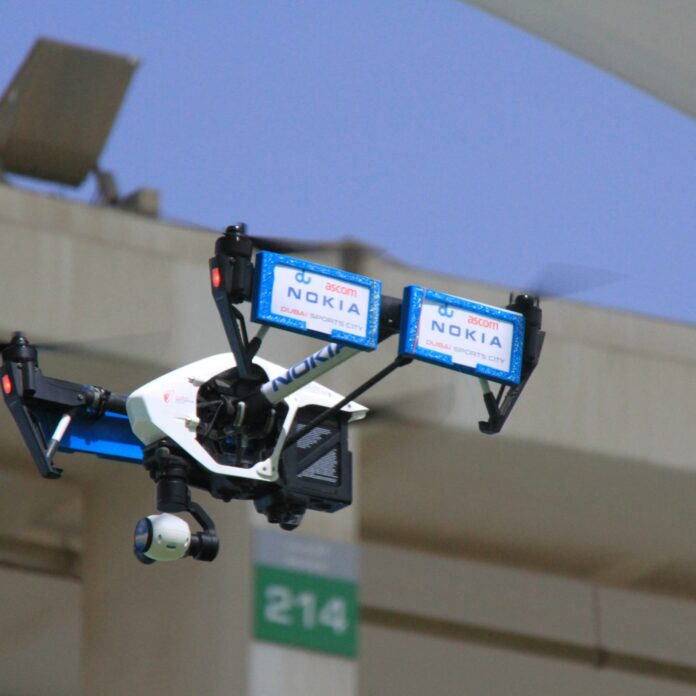United Arab Emirates carrier Du partners with Nokia to analyze network components using telco drones
Carrier Du, along with partner Nokia Networks, has used drones carrying smartphone-based test equipment to analyze its network covering Dubai International Stadium.
The proof of concept demonstrates how drones can be used to test and analyze network components ahead of large events and how data recorded can be used for faster network optimization during those events.
The drones were also used for tower inspections, radio planning and line-of-sight testing between towers. The companies touted drones as being able to cover the stadium infrastructure more efficiently than the typical walk test.
Tony Awad, Nokia’s head of Du customer team said drones have a big future in telecom applications.
“In the telecom sector, certain operators have already embraced the use of drones for telecom tower audits, and we are proud to be able to demonstrate multiple use cases using drones with Du in the UAE,” Awad said. “With the use of drones we continue to bring innovation and automation in our service delivery to make our networks even more efficient and reliable.”
Operator T-Mobile Netherlands successful partnered with drone manufacturer Aerialtronics to use drones to inspect around 5,000 antennas, largely at the FC Utrecht stadium.
Nokia and T-Mobile Netherlands agreed that drones provide a much safer alternative to antenna inspections conducted by climbers.
Du’s VP of mobile access network and operations, Marwan BinShakar, said the use of drones is a step toward “UAE’s smart city future, and we are proud to successfully demonstrate our network capabilities. We are satisfied with the results from the use of drones for network planning and faster optimization in a specific location at Dubai International Stadium, as well as for radio planning and tower inspections which will result in greater efficiency and improved safety.”
The proof of concept was supported on the test side by Ascom Network Testing, while drones came from DroneWorks FZ and Secutronic FZE.
The drones were equipped with wireless video and broadcasting equipment providing the ability for remote monitoring.

